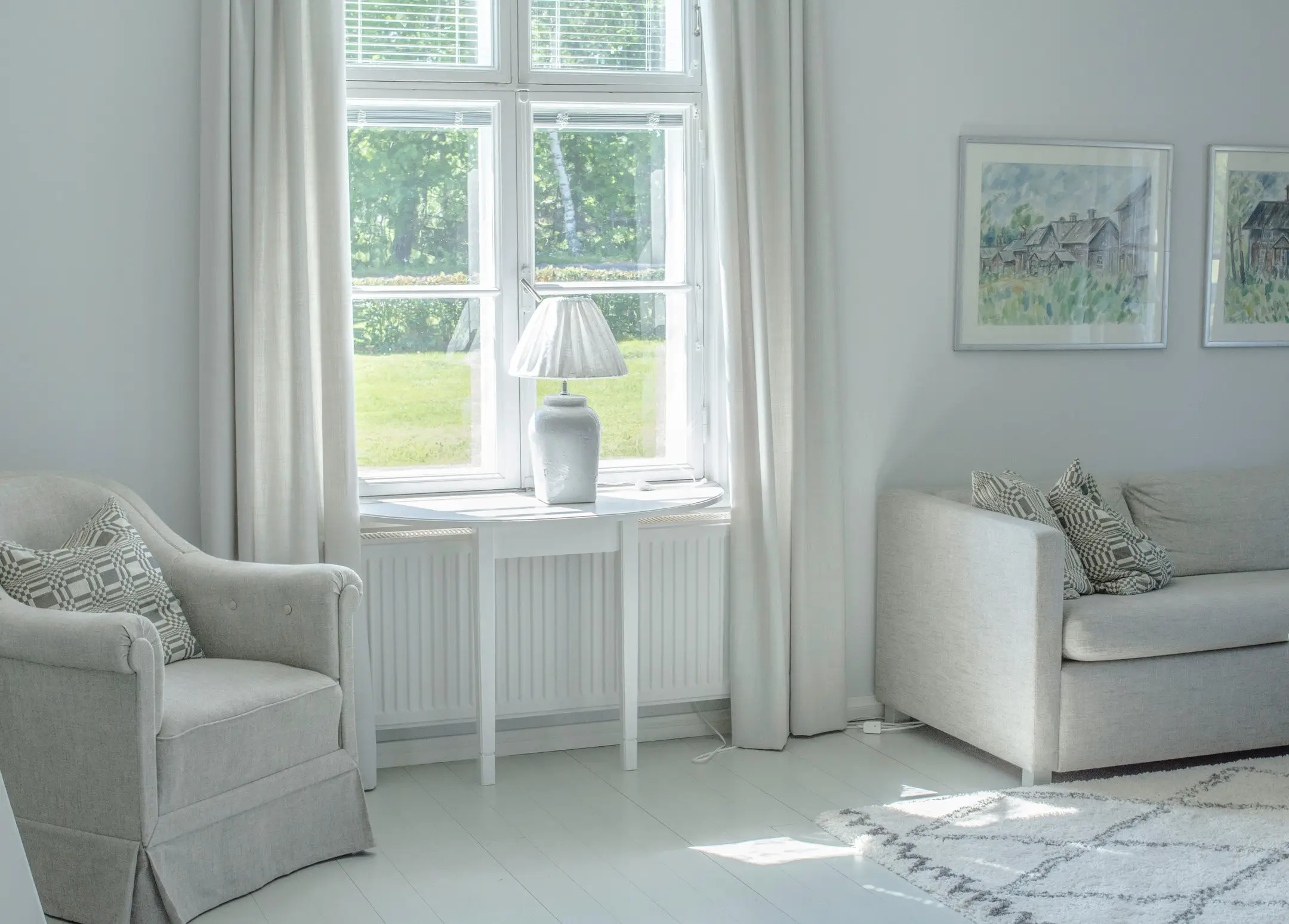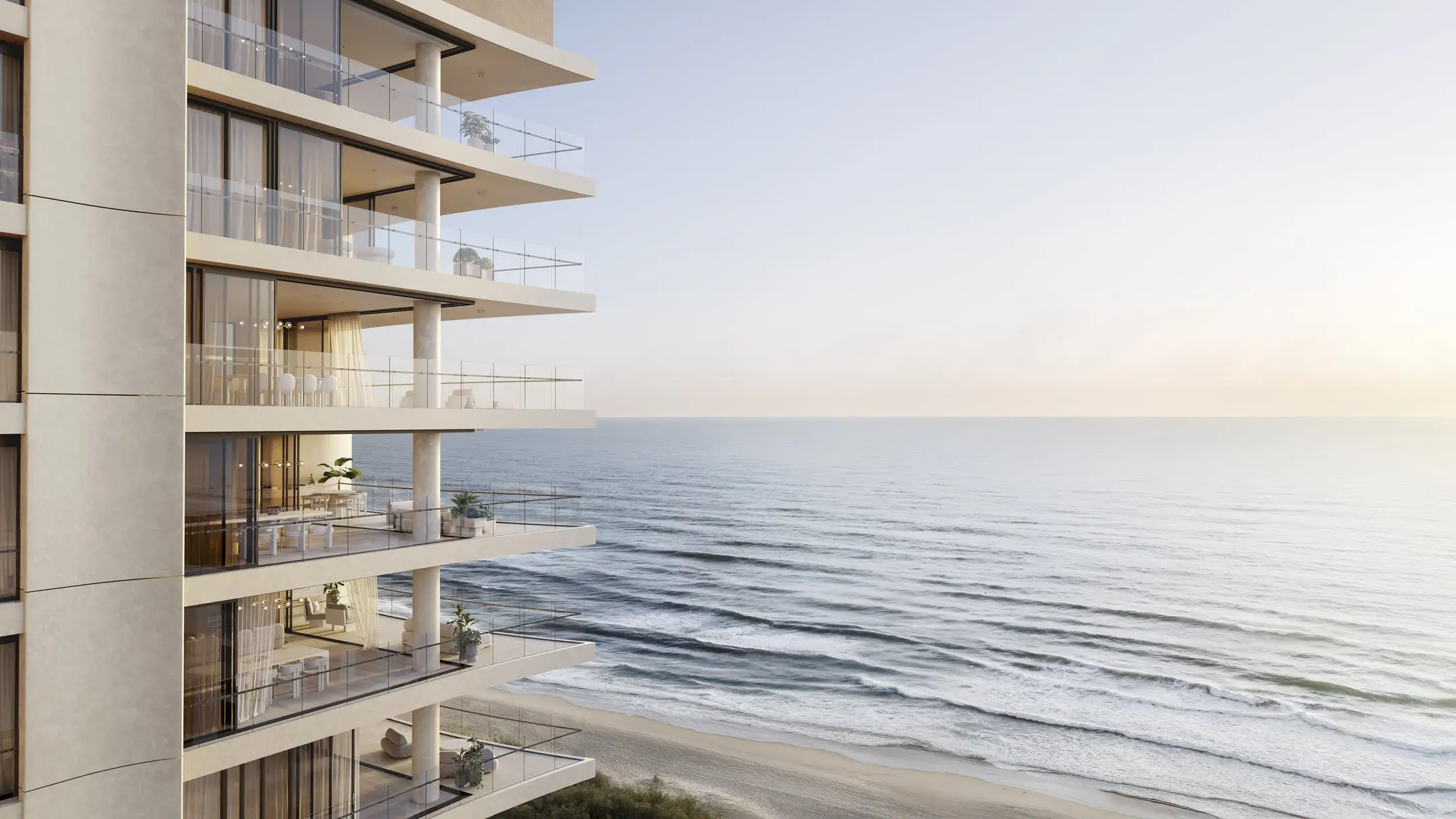
With Australia well and truly in the depths of winter, it’s easy to forget the fact that the world is actually getting warmer.
According to the government, if emissions continue unabated it’s estimated Australians will have to put up with more heatwaves, up to 20 per cent more months of drought, 25 per cent in days of very high or extreme fire danger, increases in storm surges and severe weather and a sea level rise of about 15 cm — all by 2030.
As an individual, other than recycling and saving electricity, it’s easy to feel helpless in an ever-changing environment. But there are a number of actions you can take to adapt your home to these changes and help reduce your carbon footprint.
Save water
With droughts becoming more and more frequent, especially in parts of Queensland, saving water is becoming increasingly imperative as the price continues to skyrocket. But there are a few tweaks you can make to your home to lower the cost.
By installing a water-efficient showerhead it’s estimated that you could save over 10,000 litres of water each year. It seems obvious, but lots of showerheads are well past their use-by date and using unnecessary amounts of water.
In the state of Victoria, you may not even have to buy a brand new one — check if you’re eligible for the water-efficient showerhead exchange program.
Staying in the bathroom, your toilet can also be causing you more financial grief than you think. In fact, in many households, they use the most water of all indoor fixtures. By installing a dual-flush toilet you can save an incredible 35,000 litres of water a year for a family of four.
If your water retailer doesn’t offer a toilet replacement program and you need a little financial assistance in buying a whole new one, then you may be eligible for your State Government’s Community Rebate Program.
Another key way to save water lies outside your home and in your garden. Keeping your house’s exterior looking lush requires plenty of water, even if you’re using a greywater system or using captured water from a rainwater tank.

Try using mulch or compost in the garden to increase water absorption and the moisture content of your soil. Or replace non-indigenous plants with Australian varieties. Australia is one of the driest inhabited continents on earth and native plants are built to withstand such dry conditions. By being a water-wise gardener, you could have a beautiful exterior, without the high costs.
Keep your house cool
When your house gets hotter, it’s easy to turn on your air conditioner to seep it cool. But this uses tons of electricity and you’ll notice it on your energy supplier’s bill. Fear not though, there are lots of little things you can do to reduce the effects of that relentless sun in the summer months.
Blackout curtains are a perfect way to block sunlight, naturally insulating the rooms in which they’re installed. Neutral-coloured curtains are best, with white plastic backings — all reducing heat gain by up to 33 per cent. Blinds Online produce stylish but effective thermal shading blinds, with a special reflective coating on the reverse to shoot away unwanted heat.
Doing that may help you during the day, but what about at night? Well, make sure you switch your bedsheets to suit the season. Flannel sheets and fleece blankets are great for insulation, but cotton is a smarter move if you want to stay cooler as it breathes easier. Why not add to that by purchasing a buckwheat pillow or two? Buckwheat hulls have a naturally occurring air space between them, meaning they won’t hold on to your body heat.

Other short-term fixes include setting your ceiling fans to rotate counter-clockwise, or making sure you make the switch from incandescent bulbs to compact fluorescent lights which give off less heat.
A longer-term fix is planting strategically placed trees. If you’re not afraid of losing your view, plant trees that will bloom in the summer months, giving your home much-needed shade, and shed in the winter to allow the light in.
Protect from natural disasters
As the temperature of the world goes up, so does the frequency of natural disasters.
Bush fires are unpredictable and devastating, but there are ways to protect your home. Install shutters and sprinkler systems if you’re in a high-risk zone, and make sure your house has a gutter protection system in place to reduce the risk of embers landing on flammable material. If you don’t have a protection system, chances are your house gutters are clogged by fallen leaves, twigs and debris — all can easily be ignited if embers land on them.
If you’re in an area that is prone to cyclones, make sure your home is up to scratch — by making sure there are no scratches. Waterproof seals and water-resilient cladding prevents moisture from entering, while shatterproof glass is a must to protect from the wind and debris.
If you’re looking to buy in an area that’s prone to flooding, then purchasing a home that’s elevated is paramount. Raising floor levels may not only reduce the risk of flooding but also have beneficial effects on the thermal design of your abode. If you can’t raise your house, then use water-resistant materials like concrete or fibre cement, raise vulnerable equipment like service meters, or design your garden so that it will redirect water.


